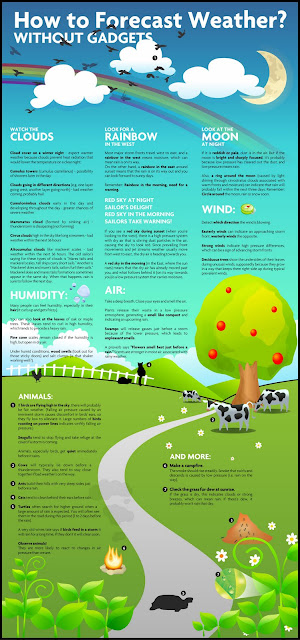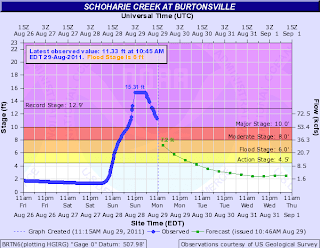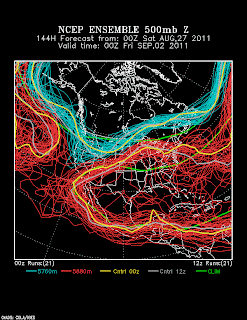I've been contacted a few times in the past couple of weeks to discuss the potential for a
double-dip La Nina this coming winter, most recently by
ESPN action sports.
The ski community is quite excited about the prospects of La Nina returning for this winter, primarily because last year was a La Nina year and it was
HUGE across nearly the entire western United States with the exception of the far south. However, there are a number of reasons why the return of La Nina,
if it happens, does not necessarily mean a repeat of the winter of 2011-12.
La Nina is the cold phase of what is known as the El Nino/Southern Oscillation (ENSO) and features enhanced low-level easterly flow and relatively cold sea surface temperatures in the eastern and/or central tropical Pacific. In contrast, El Nino is the warm phase, and features relatively warm sea surface temperatures in the eastern and/or central tropical Pacific. Here are a couple of examples.
 |
Sea surface temperatures during the 1998 El Nino and 1998 La Nina.
Departures from climatology on bottom. Source: Climate Prediction Center |
During La Nina events, rainfall tends to be suppressed over the central Pacific and enhanced over the Malaysian subcontinent, whereas during El Nino, the opposite typically occurs.
 |
Precipitation during the 1989 La Nina. Departure from climatology
on right. Source: Climate Prediction Center |
 |
Precipitation during the 1998 El Nino. Departure from climatology
on right. Source: Climate Predication Center. |
These shifts in precipitation affect the mid-latitude storm track, with a greater tendency for split flow and an enhanced subtropical storm track over the western US during El Nino years and a more northerly storm track during La Nina years.
This all sounds nice and simple, but as we say in meteorology,
all generalizations are wrong. That's not to say that they don't have value, but their application has limitations.
With regards to forecasts for the coming winter, here's why we can't
count on a repeat of 2010-11
if La Nina develops:
- Every La Nina is different. There are variations in strength, timing, and structure.
- La Nina is an important contributor to the wintertime circulation, but it isn't the only factor. In particular, the wintertime circulation in 2010-11 was quite anomalous and not entirely attributable to La Nina.
- Weather variability, which has a random, unpredictable component at long forecast lead times, will also play a role.
This doesn't mean that we couldn't have another HUGE year in the western United States. It could happen, even if La Nina doesn't develop. So could a terrible snow year. So could an average snow year. La Nina merely shifts the odds, but our ability to predict with any degree of specificity is limited by the issues above.
I suspect in the coming years, we will get better at dealing with the implications of items 1 and 2, and hopefully get a better handle on how important item 3 is, but for now, I'm comfortable saying that it's too soon to say with any confidence what this winter will be like across the western United States.
If in the coming weeks we gain greater confidence that a moderate to strong La Nina will develop, and we don't know if that is indeed the case, then we may be able to start talking about the dice being loaded for certain regions of the west. For now, I'm comfortable keeping my skis waxed and planning on taking whatever Mother Nature brings this coming winter.


















































